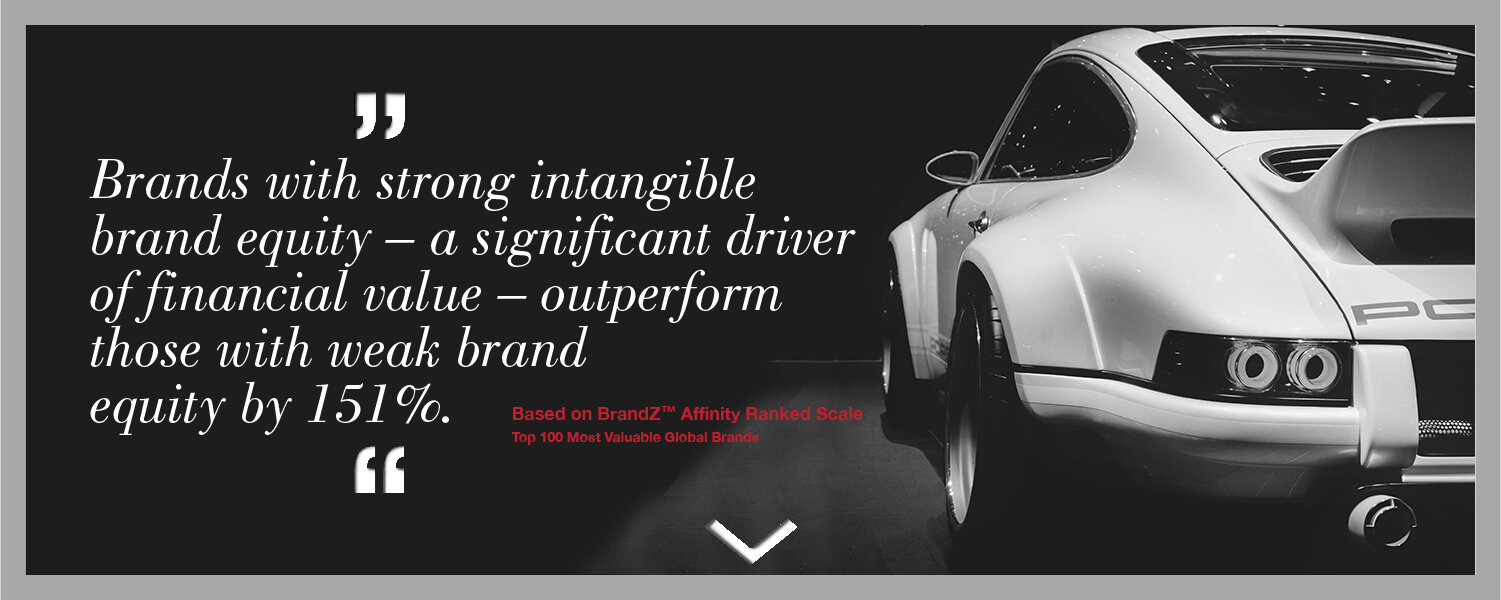
The Undeniable Power of Brand
People don’t have relationships with products; they have relationships with brands. Loyalty is created by brands that have a unique image and a differentiated purpose that people can identify with and embrace. Loyalty is cemented through the engagement experience the brand delivers. Great brands can inspire millions of people to join a community. They can rally people for or against a cause and can create huge followings with a profound ability to affect change.
There is an abundance of studies supporting the financial benefits of investing in brand. For example, Philip Morris acquired Kraft for $12.9 billion, four times its book value. Reflecting on the premium paid, Philip Morris CEO, Hamish Marshall concluded, “The future of consumer marketing belongs to the companies with the strongest brands”
Case in point:

When Tata Motors of India bought Jaguar and Land Rover in 1998 from Ford, they were buying much more than factories, raw materials and employees. Goldman Sachs and Morgan Stanley helped Ford sell the brands to Tata for $2.56 billion. While Ford took a loss on the transaction from its original purchase of the brands, it was sold for significantly more than the worth of all other tangible assets combined. Tata motors bought potential. Today, the Jaguar and Land Rover marks are the most successful assets in Tata Motors’ portfolio.
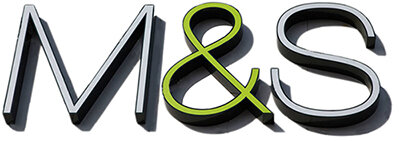
Consider the venerable British retailer Marks & Spencer. The chain was suffering from declining sales as shoppers deserted it in favor of trendier alternatives. Management recognized the need to refresh the stores and revitalize product lines, but also realized that M&S enjoyed a substantial reservoir of consumer goodwill. M&S tapped into that valuable brand equity, reminding people of what they loved about M&S and drawing them back to the stores. Customer visits increased by 19 million over the previous year. Food and general merchandise sales rose by 10 percent. As a result, the share price of M&S rose more than 60 percent, confounding experts who had predicted it would never rise again. This is the power of brand equity. Today, M&S is doing $10.6 billion in revenue.
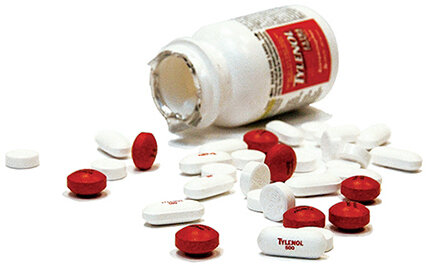
From 2009 through early 2012, Johnson & Johnson recalled over ten of its leading consumer products, including Children’s Tylenol, Extra Strength Tylenol, Aveeno Baby Lotion, Motrin IB, and Rolaids. Usually, that would give any company heartburn, but because Johnson & Johnson is such a trusted brand with loyal advocates, the recalls had little impact on sales or its bottom line. The strength of its brand equity minimized any real damage. In fact, J&J’s fourth-quarter results for 2012 exceeded wall street expectations. Today the company and its brands and stock are riding high.
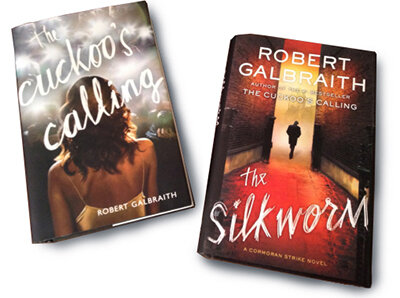
And this little tale of a brand perception’s power to affect behavior. J. K. Rowling is the first author to become a billionaire by writing books. Her Harry Potter books were translated into 55 languages in 200 countries and sold more than 450 million copies. So what happened in 2013 when J.K. Rowling wrote a novel called The Cuckoo’s Calling under the pseudonym, Robert Galbraith? Nothing. Despite receiving solid critical acclaim, The Cuckoo’s Calling sold less than 1500 copies, plus another 7000 audio books and library editions. When word got out that the book was actually written by J. K. Rowling (I’m sure the publisher leaked it) the books surged from 4,709th to the top selling novel on Amazon, selling more than a million copies in a few months. Today, first editions are selling for upwards of $5,000 and today it’s been adapted into a BBC TV series. Its sequels, The Silkworm and Career of Evil were published in 2014 and 2015 respectively and have collectively sold millions of copes. Another sequel, Lethal White, is on the way. The power of the Rowling brand, enough said.
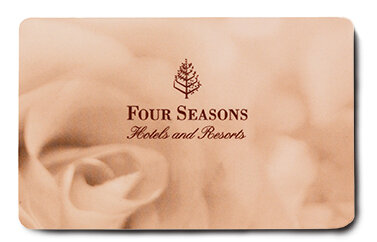
In 2007, when Bill Gates and Prince Al-Waleed bin Talal of Saudi Arabia were looking for a sustainable investment, strong brand equity was an absolute requirement. The management buyout of Four Seasons Hotels, Inc., a Canadian-based international luxury, five-star hotel management company cost them $3.8bn, a 28% premium on its cap value. They weren’t buying locations or restaurants or beach front property or fluffy bathrobes. They were buying brand equity. Equity in a globally recognized and trusted brand with immense perceived value and loyal believers in the Four Season brand experience. Equity that will last for generations.
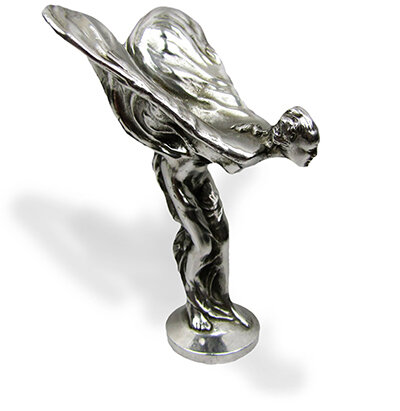
In 1998, Volkswagen outbid BMW and acquired Rolls-Royce for more than $712 million. However, the deal didn’t include the illustrious Rolls-Royce brand because of various legal reasons. Subsequently, BMW acquired the rights to the Rolls-Royce brand, trademark and its logo for mere $53 million. BMW revitalized the Rolls-Royce marque starting from only a name and a radiator grille. Clearly, BMW got the better of the deal. At the time of this writing, Rolls-Royce Holdings has a market cap of $16.34 Billion.

In 2002, Arthur Andersen, one of the ”Big Five” accounting firms, crashed and burned finding themselves complicit in the Enron debacle and under indictment for fraudulent accounting, shredding evidence, and obstructing justice. The firm took down with them 85,000 employees. Most people thought the 90-year-old brand was dead, never to return. They were wrong. Twelve years later, the Andersen brand was purchased and now thrives as Andersen Tax. Research at the time prior to purchase showed that 83% of financial professionals in the US felt Andersen was “ethical,” and 77% felt Andersen was a good place to work. Undeniable testimony to the sustaining power of an extremely strong brand position and the enduring value brand equity has to heal negative perceptions.
And from an acquisition perspective:

In 2000, AOL merged with (acquired) Time Warner for a staggering $350 Billion. Their vision was to transform the media experience for the digital age. By the time Time Warner spun off AOL as a separate company nine years later, the two companies’ combined worth was about one-seventh their value at the time of the deal. Neither brand has returned to its former size or stature. Many believe both brands have suffered irreparable damage and loss of value. Neither brand carries the credibility, relevance, or trust it had before 2000, often cited as the major obstacle to rebuilding. Changing the perceptions of a damaged brand is very hard to do and very expensive. Much of Time Warner and AOL’s failure has been attributed to a lack of compatibility between the two cultures, values, and priorities—a significant failure to reconcile and align two very different brands. Word to the wise.


